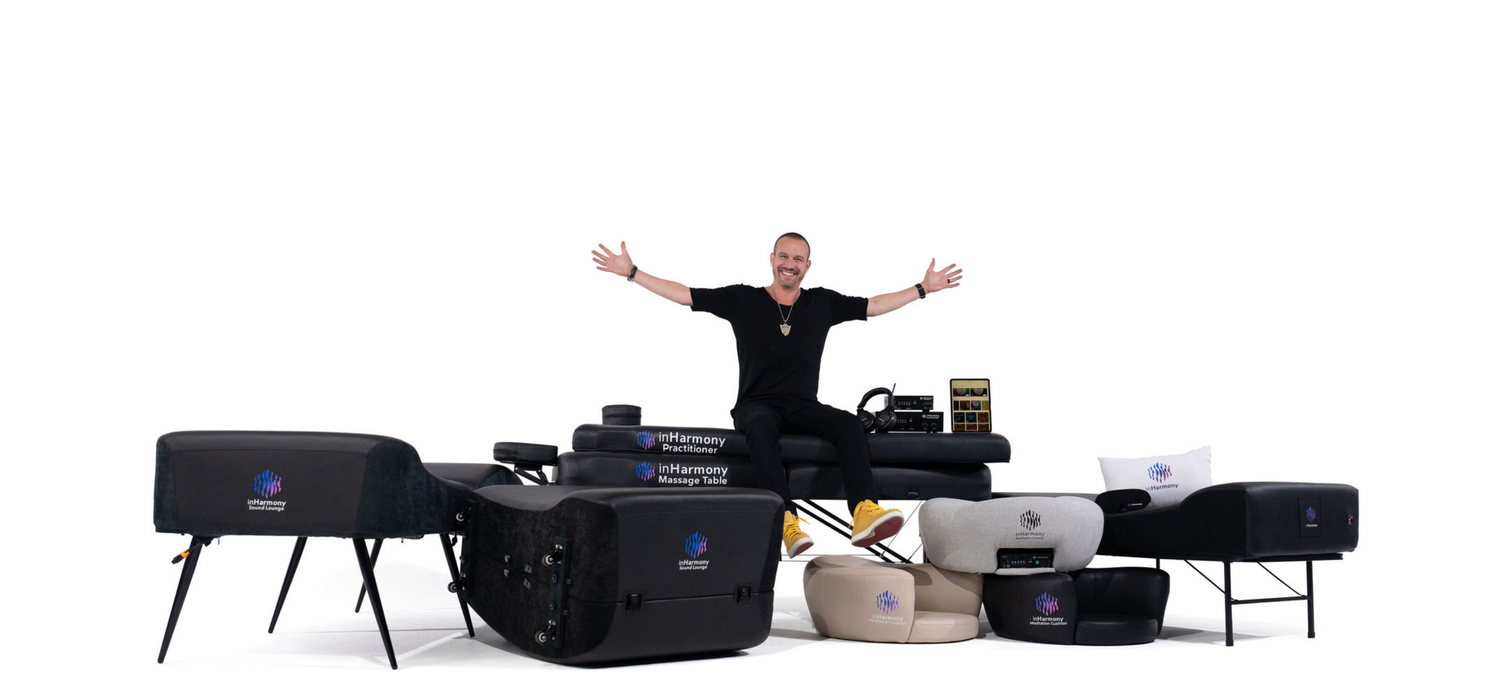Fall brings shorter days, cooler air, and shifting rhythms that can affect mood, energy, and stress. By leaning into grounding practices, such as mindful breathing, outdoor time, light exposure, nervous system regulation, immune support, and vibrational therapy, you can move through autumn with balance and renewal.
Why Does Fall Feel So Unbalanced?
The transition from summer to fall is more than a calendar shift. Our bodies and minds are influenced by seasonal rhythms, light exposure, temperature, and social cycles all affect mood and energy.
Common reasons fall may feel unsteady include:
-
Mood Shifts: Reduced sunlight can lower serotonin and disrupt circadian rhythms, sometimes contributing to seasonal affective disorder (NIMH).
-
Energy Dips: Shorter days and busier schedules can bring fatigue and reduced motivation.
-
Immune Stress: Fall marks the start of cold and flu season, and immune strain can influence emotional balance.
-
Holiday Pressures: Planning, financial stress, and social obligations may heighten overwhelm.
-
Disconnection from Nature: As weather cools, we often spend less time outside, which reduces grounding contact with the natural world.
By anticipating these changes, you can choose intentional practices that bring steadiness and ease into daily life.
The Nervous System and Seasonal Balance
At the center of emotional wellness during fall is the autonomic nervous system, which regulates how the body responds to stress and relaxation. It has two key branches:
-
Sympathetic Nervous System (Fight-or-Flight): Activates in response to stress. It raises heart rate, tenses muscles, and sharpens focus, helpful in short bursts but draining if it stays on too long.
-
Parasympathetic Nervous System (Rest-and-Digest): Restores balance after stress. It slows the heart rate, promotes digestion, and creates a sense of calm.
In fall, with shorter days, busier schedules, and immune strain, many people unknowingly spend more time in a sympathetic state. This can lead to fatigue, irritability, and sleep disruption.
Grounding practices like deep breathing, mindfulness, and vibrational therapy may help activate the parasympathetic system, guiding the body back into balance. This shift allows you to respond to seasonal stressors with more clarity, calm, and resilience (APA).
Light Exposure and Circadian Health
One of the biggest shifts in fall is the reduction of daylight, which directly impacts mood, energy, and sleep cycles. Light is the body’s natural regulator of circadian rhythm, the 24-hour cycle that influences when you feel alert or tired.
-
Morning Sunlight: Spending 10–20 minutes outside in natural morning light may help boost serotonin, regulate melatonin, and improve focus for the day ahead (Harvard Health).
-
Midday Brightness Breaks: Stepping outside or sitting near a window around noon can help counter afternoon fatigue.
-
Evening Light Hygiene: Limiting blue light from devices before bed prevents melatonin disruption and supports restful sleep.
-
Red Light Therapy: For those who experience seasonal affective symptoms, light therapy may help provide the stimulation needed to maintain energy and mood balance (Mayo Clinic).
Aligning your light exposure with natural rhythms can help stabilize energy, improve mood, and support deeper sleep throughout the fall.
Immune Health and Emotional Balance
Fall is also the beginning of cold and flu season, and when your immune system is under strain, your emotional well-being may be impacted too. The gut–immune–brain connection shows how inflammation and immune stress influence mood, energy, and resilience.
-
Stress and Immunity: Chronic stress can weaken immune defenses, making you more vulnerable to illness and emotional burnout (APA).
-
Sleep and Recovery: Poor sleep reduces immune efficiency and directly affects emotional regulation. Consistent evening rituals become especially important in fall.
-
Movement for Immunity: Regular, moderate exercise supports immune health and may improve mood through endorphin release (Harvard Health).
-
Mind-Body Practices: Breathwork, meditation, and vibrational therapy may help lower cortisol, reduce inflammation, and support both immune and emotional resilience.
When you support immune health, you’re also strengthening your emotional foundation, helping you feel steadier and more resilient through seasonal changes.
Grounding Practices to Ease Seasonal Transitions
-
Daily Outdoor Time: Even 10–15 minutes of sunlight may help regulate serotonin, improve sleep, and enhance mood. Fresh air and nature exposure also reduce stress.
-
Breathwork and Mindful Pauses: Slow, intentional breathing before meals or during stressful transitions brings awareness back to the present moment.
-
Movement: Walking, yoga, and stretching support circulation, ease stiffness, and release tension.
-
Evening Rituals: Create calming nighttime routines, journaling, reading, or sound-based relaxation can support restorative sleep.
-
Community Rituals: Seasonal activities like cooking with loved ones, attending local markets, or volunteering may provide grounding connection during a socially demanding season.
How Vibrational Support Can Help in Fall
Sound and vibration therapies work with the body’s natural systems to encourage calm and stability.
inHarmony’s vibrational technology combines sound, frequency, and tactile vibration, which may help the nervous system adapt more smoothly during seasonal transitions.
Potential fall wellness benefits include:
-
Grounded Calm: May bring stability during seasonal change.
-
Improved Sleep: Can support rhythms disrupted by shorter daylight hours.
-
Stress Relief: May help ease tension from busier schedules.
-
Emotional Balance: Can support processing of shifting moods with greater ease.
These sessions may complement other grounding practices, offering a deeper reset during autumn.
Fall as a Season of Renewal
While fall often signals busyness, it is also a season of reflection and grounding. Many traditions, including Ayurveda, view autumn as a time to slow down, nourish the body with warmth, and cultivate inner balance.
By building seasonal rituals, whether through immune-supportive practices, mindful grounding, or vibrational support, you can turn fall into a season of renewal. This shift in perspective allows you to embrace autumn not as a stressful transition, but as an opportunity for deeper calm and resilience.
FAQs About Fall Wellness and Grounding
Q: Why is fall a good time to focus on grounding?
A: Seasonal changes affect mood, sleep, stress, and immunity. Grounding practices may help restore balance during this transition.
Q: Can vibrational therapy support seasonal balance?
A: Yes. Vibrational technology may help regulate the nervous system, support better rest, and ease stress during fall.
Q: How quickly do grounding practices work?
A: Some practices, like breathwork or vibrational sessions, may provide calm within minutes, while others build resilience through consistent use.
Q: Do I need a lot of time for these practices?
A: Not at all. Even a few minutes of outdoor time, mindful breathing, or vibration can make a difference.
Q: Can families or groups practice grounding together?
A: Absolutely. Seasonal rituals and vibrational sessions can be shared, supporting connection and collective calm.












